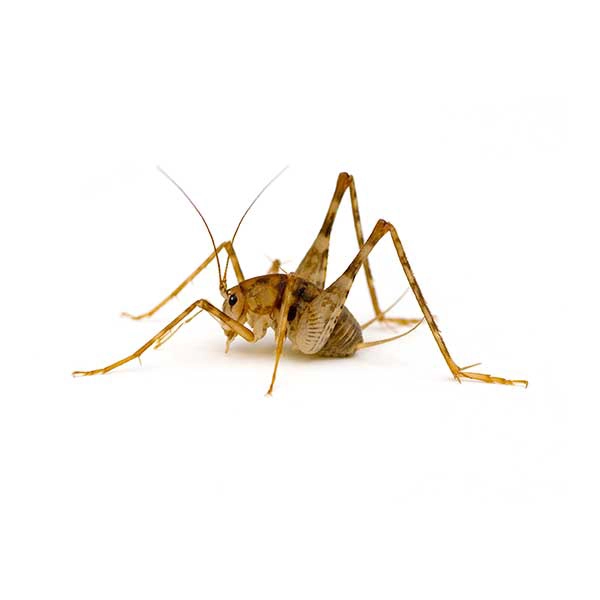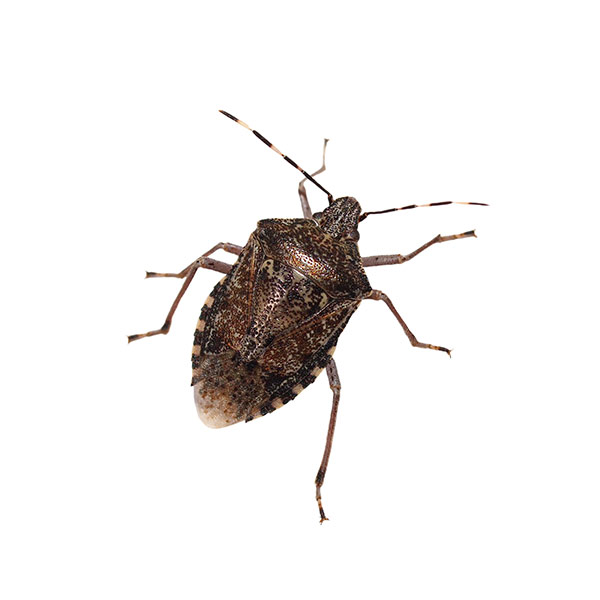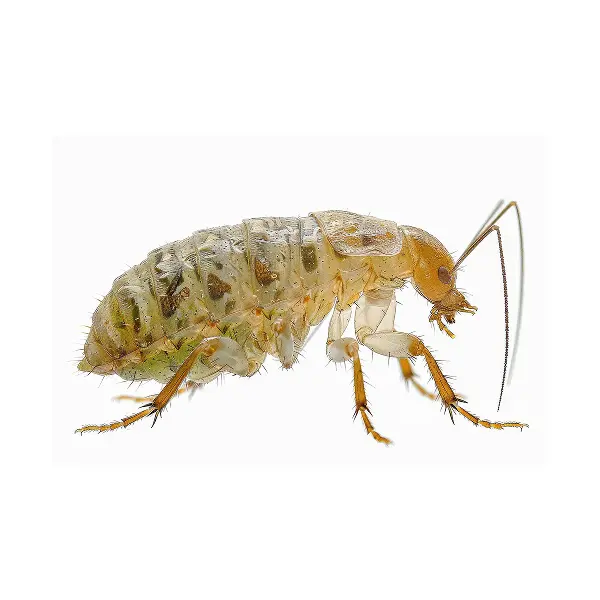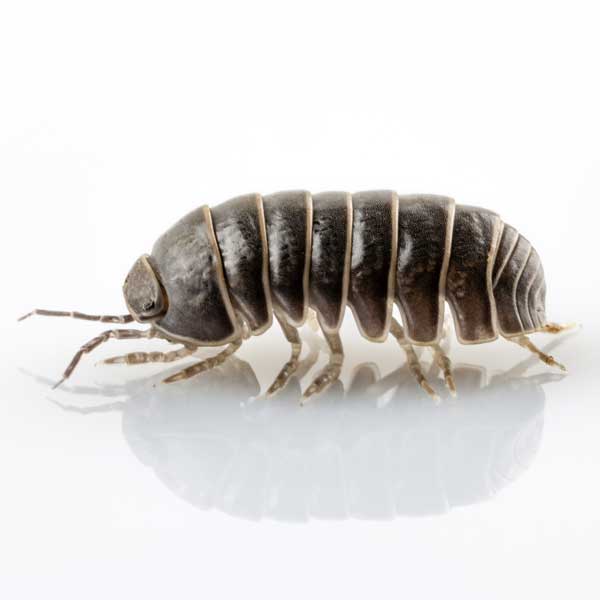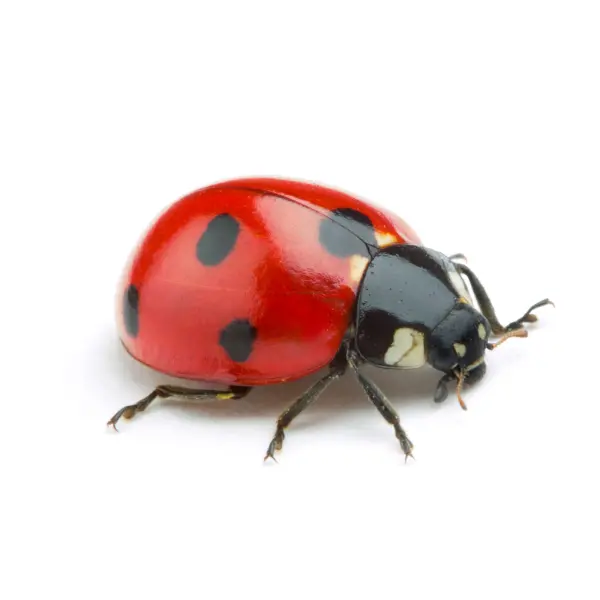Description
Camel crickets are light to dark brown, and they can be mottled and have dark banding on some of their body segments. Adults are wingless and grow to between 1/2 and 1 1/2 inches in length. Camel crickets get their name from their humpbacked appearance. These crickets have large, powerful legs that they use to jump away from predators and other dangers.
Biology and Behavior
- Camel crickets are nocturnal, meaning they hide during the day and come out a night to feed.
- Female camel crickets lay their eggs in the early spring, and the eggs hatch in April.
- Camel crickets are wingless, so they don’t chirp like other species of crickets.
- Camel crickets seek shelter inside homes and other buildings during the winter months, and they overwinter as either adults or nymphs.
- Camel crickets enter inside homes and other buildings if the weather becomes too hot or dry for their liking.
- You will find camel crickets living underneath stones, woodpiles, mulch, landscaping ties, and fallen trees outside.
- Inside buildings, camel crickets like to hide and live in basements, crawl spaces, laundry rooms, and other areas that provide them with a dark, damp environment.
- Camel crickets are not dangerous as they are not known to carry or transmit any diseases that affect people.
- Inside homes, camel crickets may feed on and damage fabric items.
Signs of Camel Cricket Infestation
Visual Sightings
The most obvious sign of a camel cricket infestation is seeing the crickets themselves. You may notice them in basements, garages, or other damp, dark areas of your home.
Damage
While camel crickets do not pose significant threats to humans, they can cause minor damage by:
- Chewing on fabrics: This includes clothing, curtains, and carpets.
- Feeding on stored items: They may damage paper, cardboard, and other stored goods.
Camel Cricket Prevention Tips
- Place a barrier between your home’s foundation and any mulch or grass.
- Seal any cracks in your home’s foundation or exterior walls. Caulk around basement doors and windows, and install door sweeps.
- Be sure that your home’s gutters are routinely maintained to ensure that they work properly to direct water away from your home.
- Use dehumidifiers or air conditioners in your home to reduce humidity and moisture levels.
- Reduce the clutter in basements, closets, and other storage areas to limit the places inside of your home that they have to hide.
If you have camel crickets in the house our pest control company can help you kill and repel camel crickets.
Contact Us for Camel Cricket Pest Control
If you have a significant infestation or are unable to manage the problem on your own, consider contacting a professional pest control service like Action Pest Control. Our experienced pest technicians can provide targeted treatments and offer advice on long-term camel cricket prevention.
Don’t let camel crickets take over your home. Contact Action Pest Control today to get rid of camel crickets. For expert pest management services contact our team. We are ready to help you identify, treat, and prevent camel cricket infestations, ensuring your home remains comfortable and pest-free.
